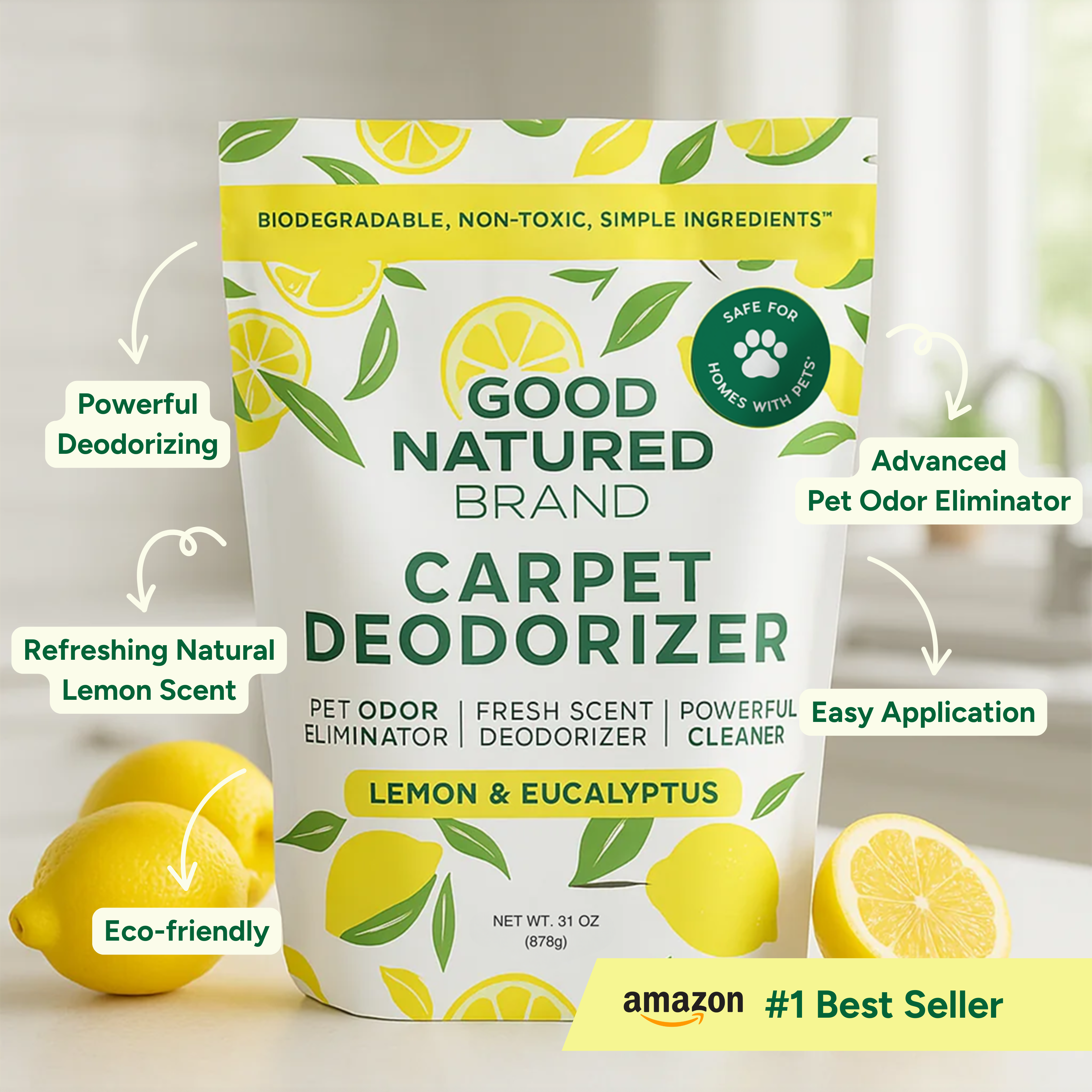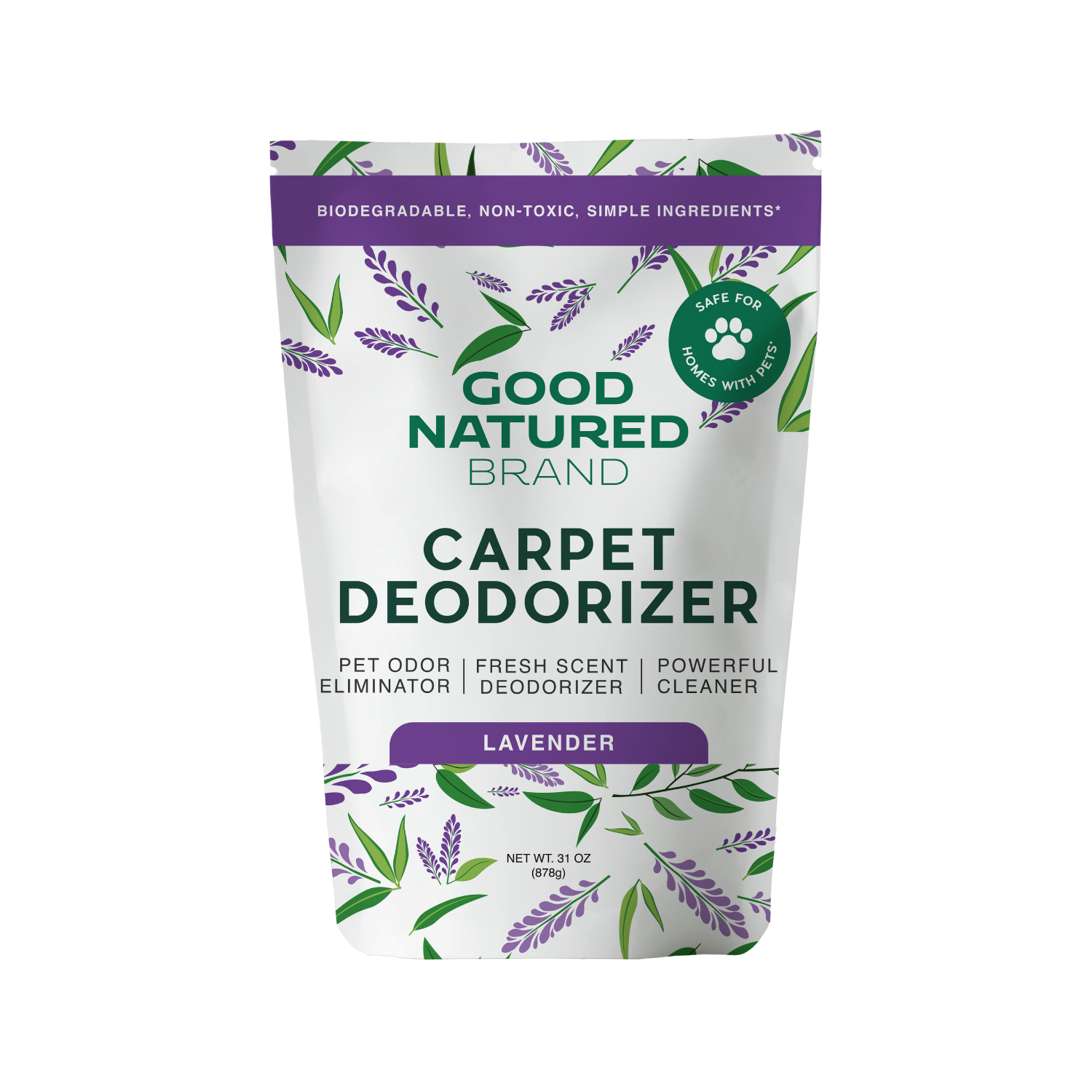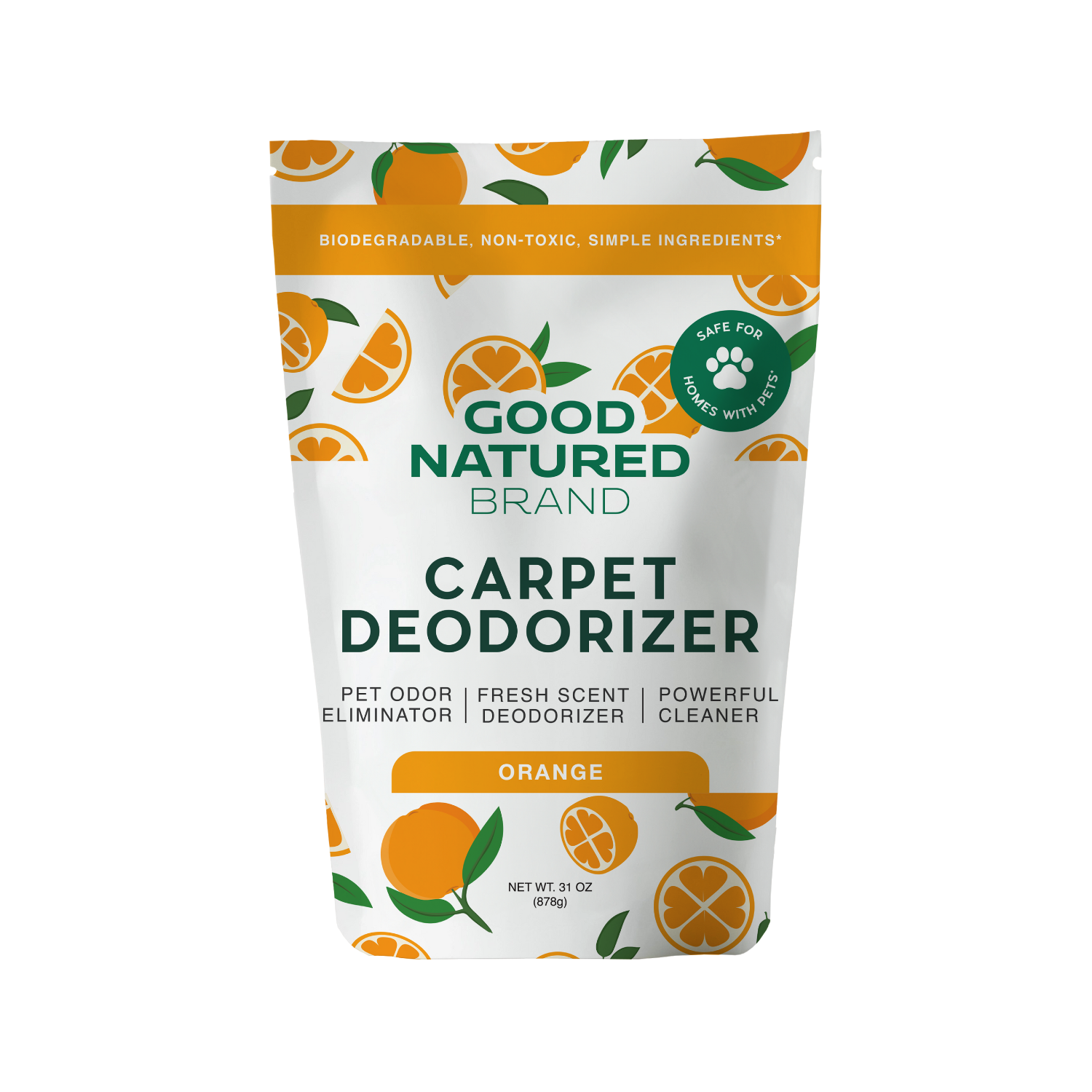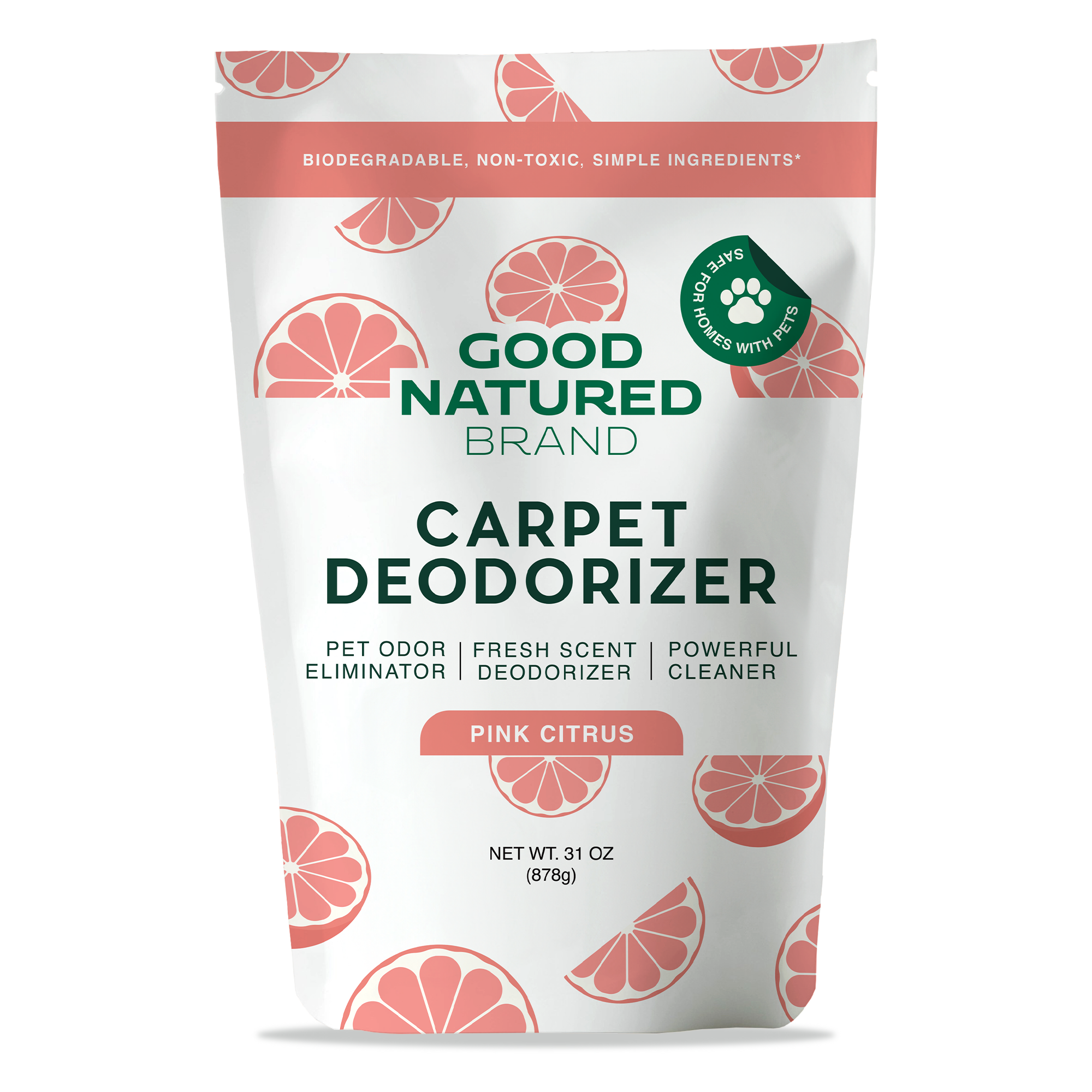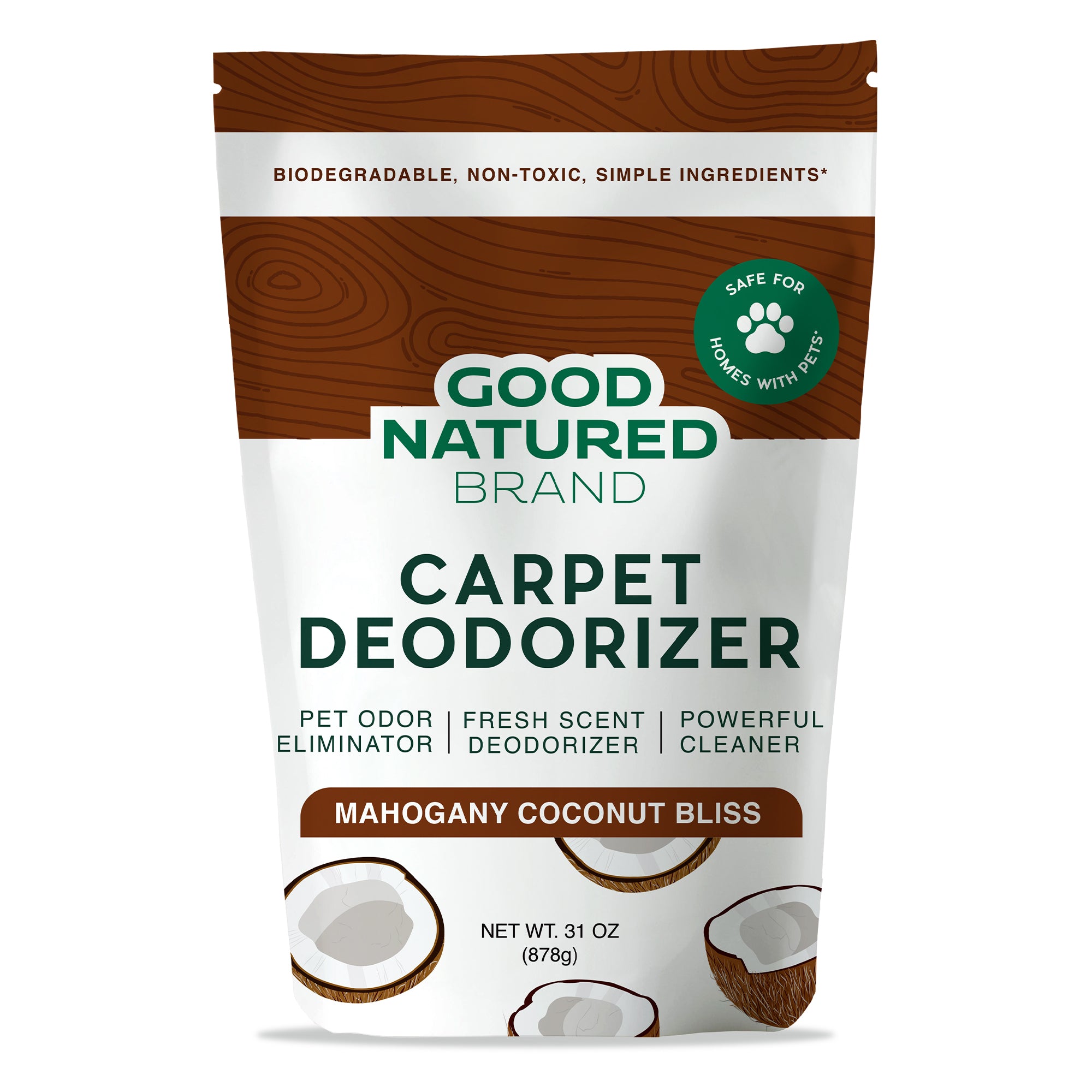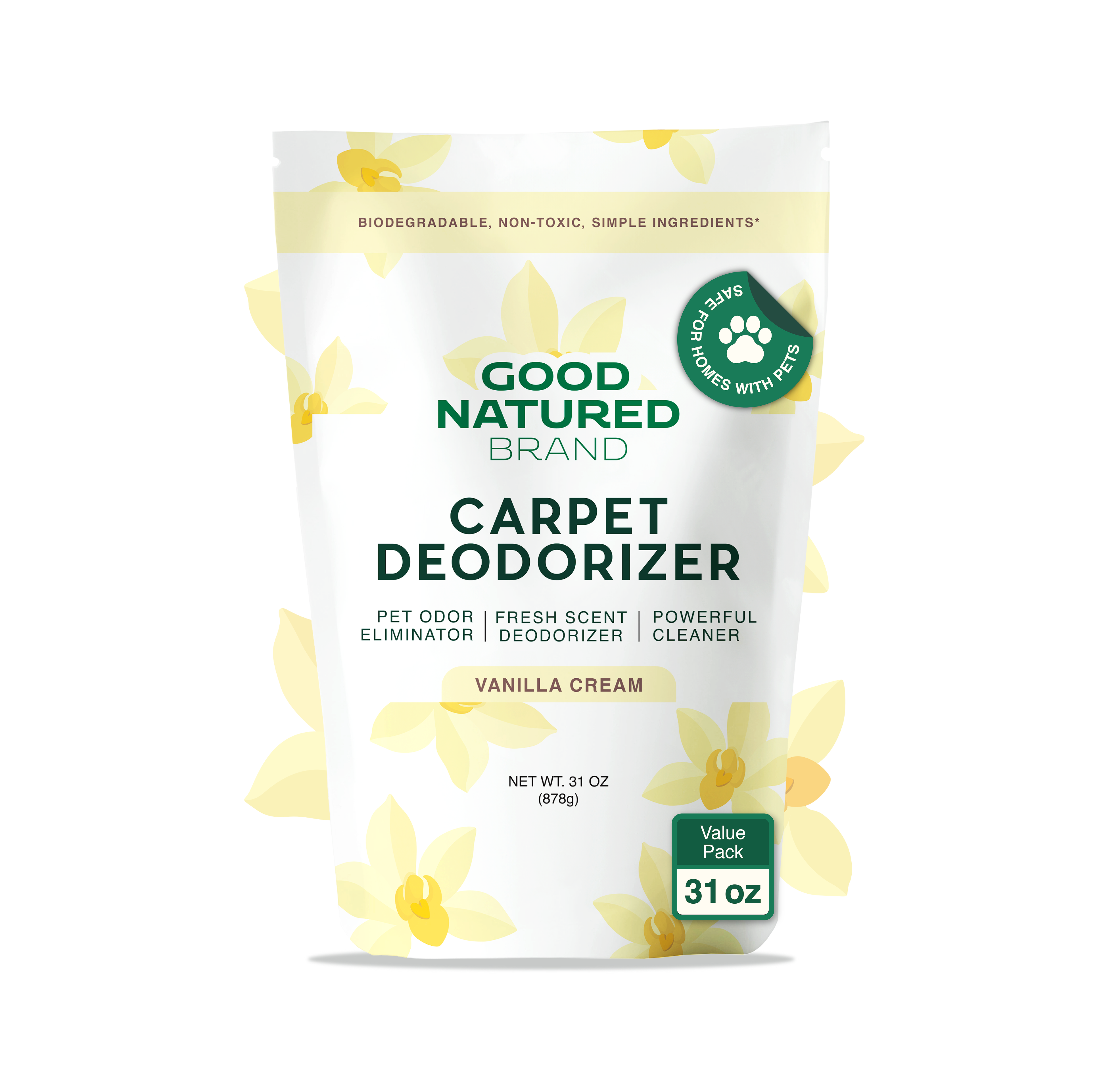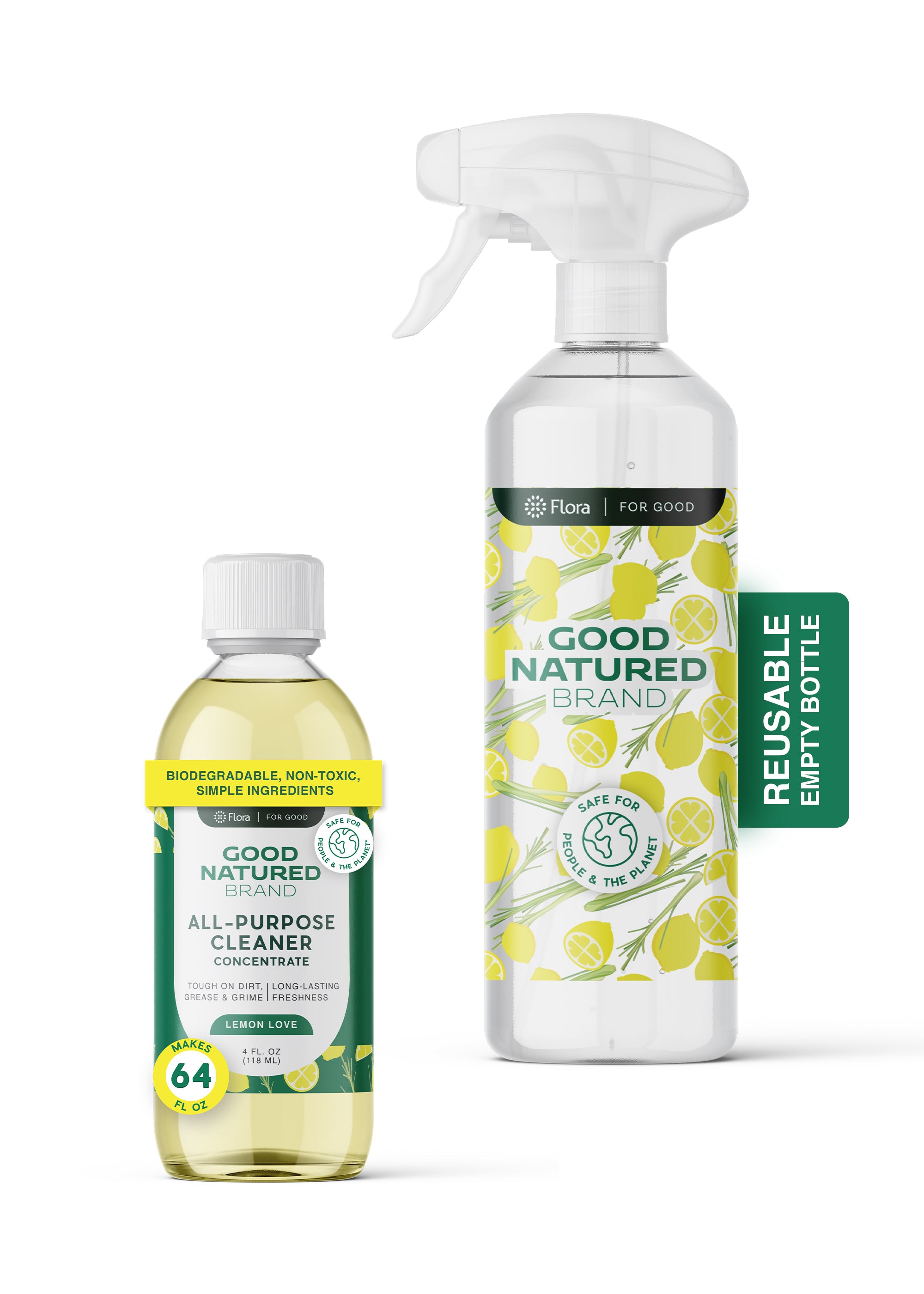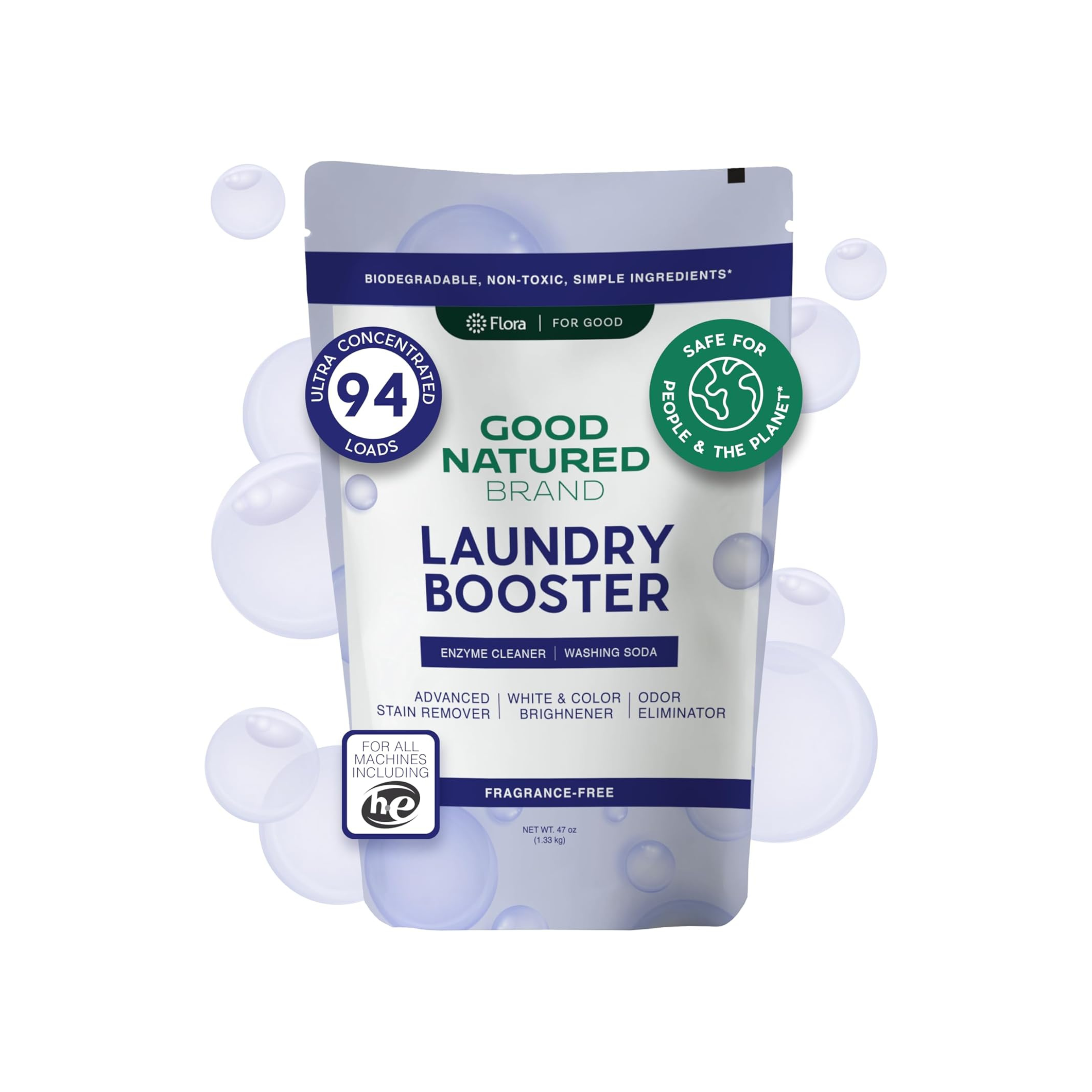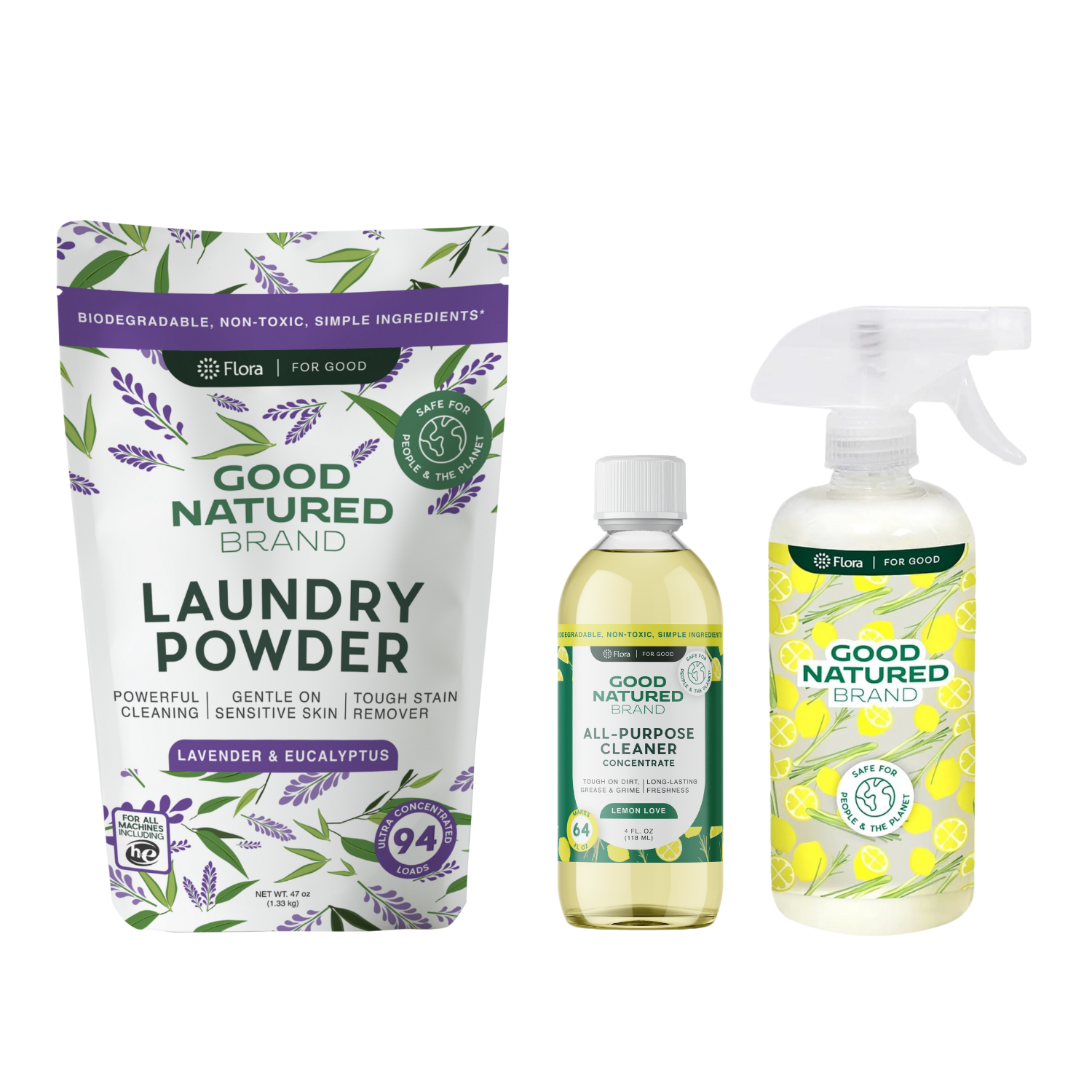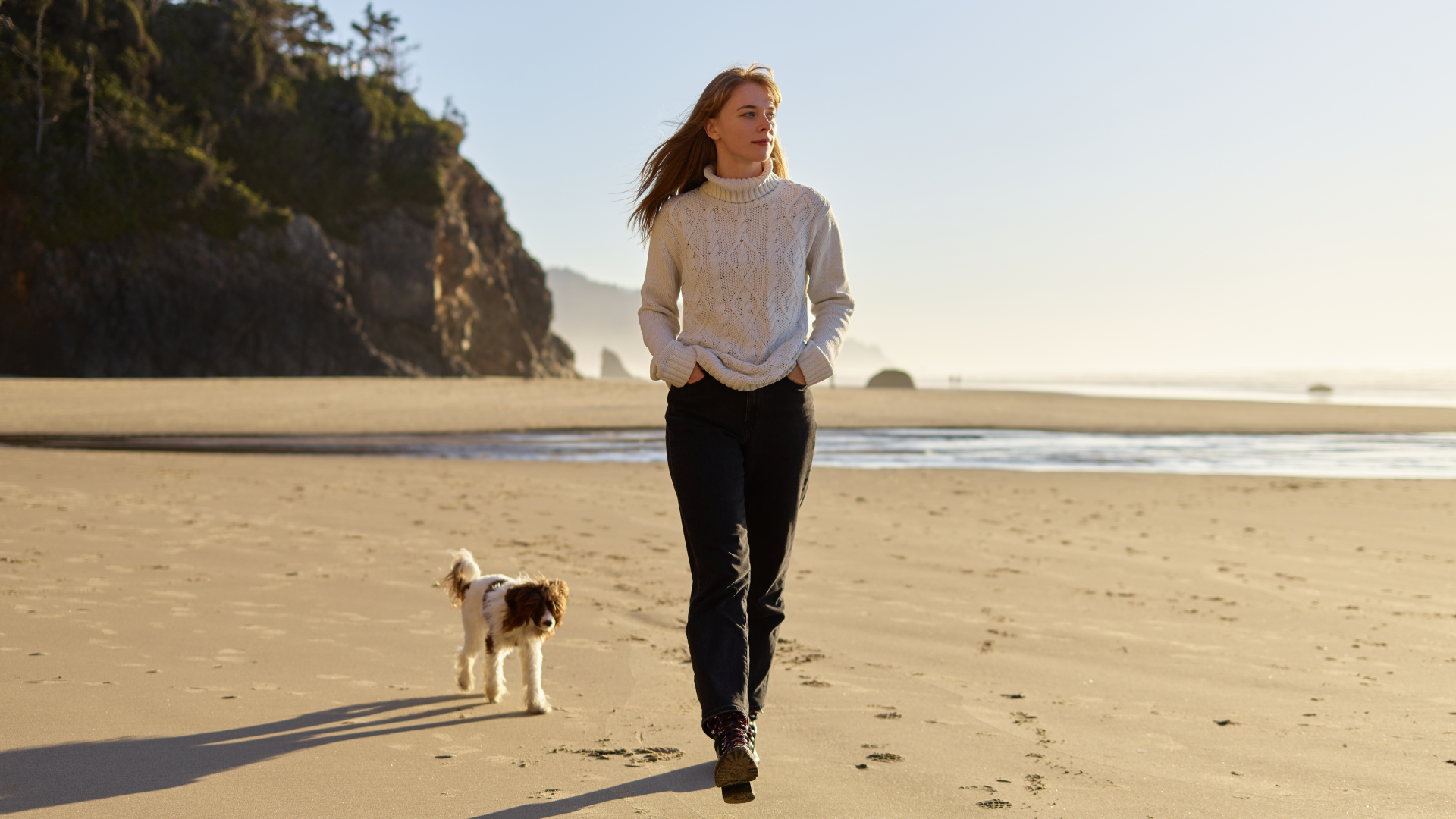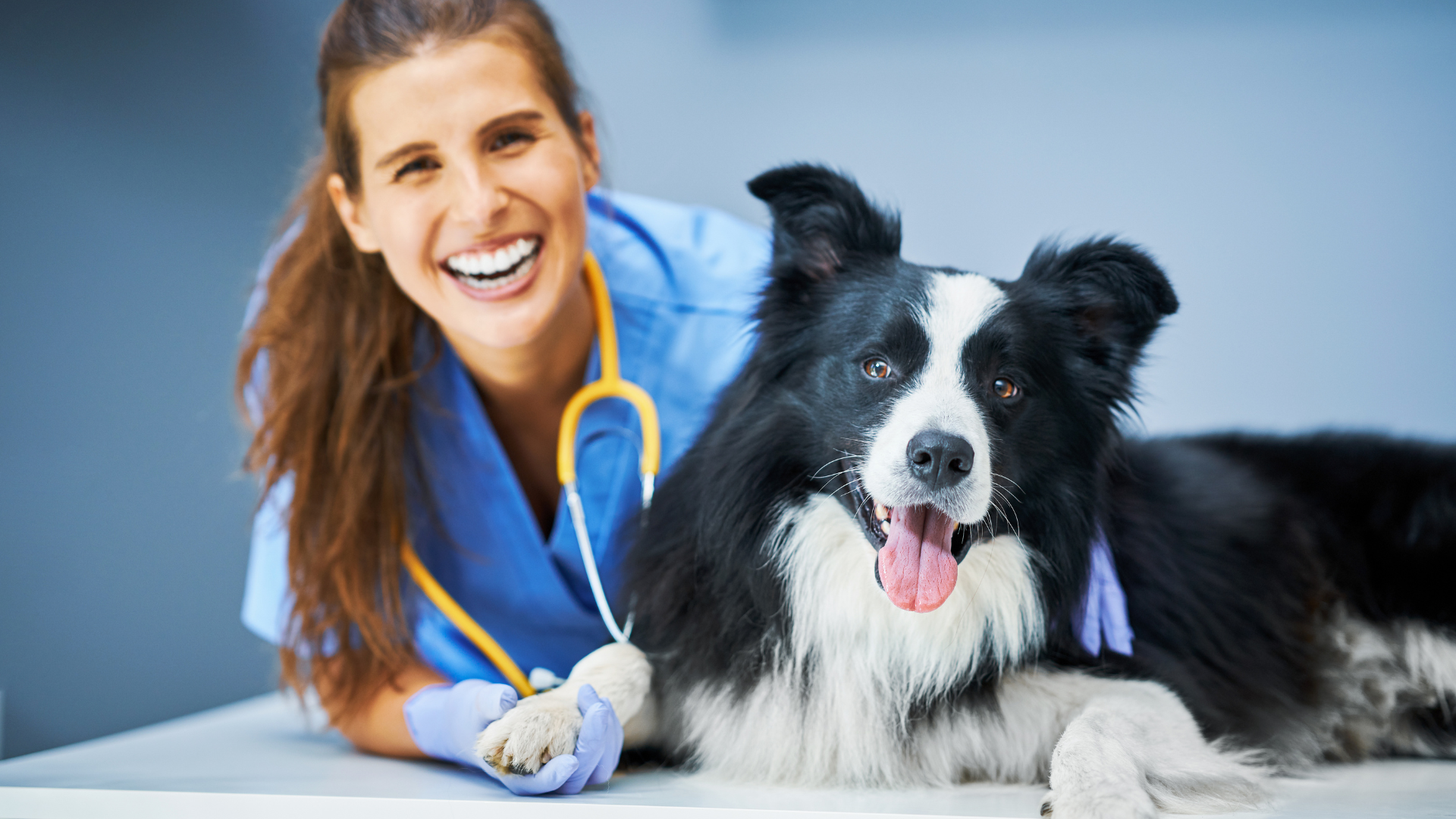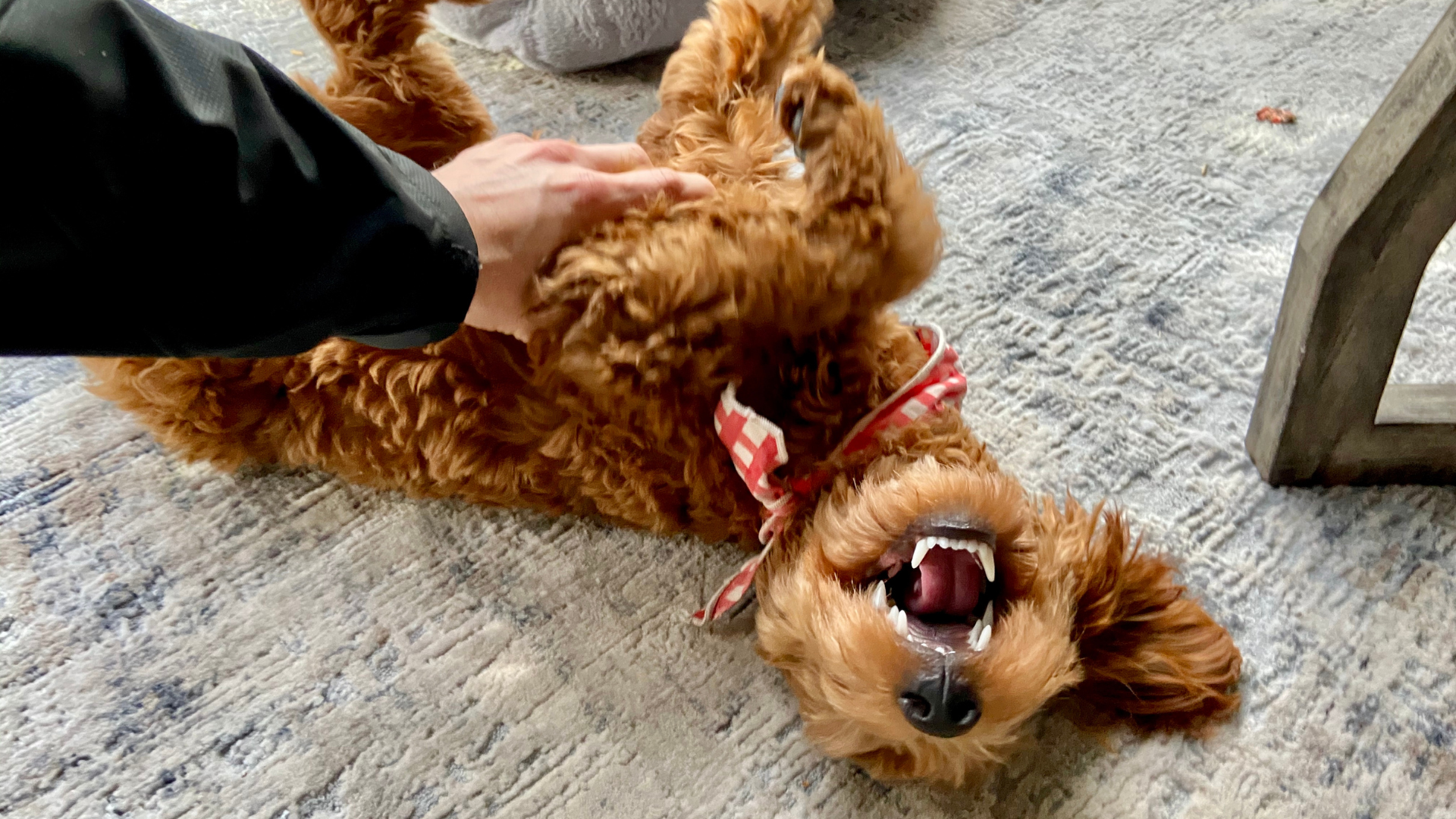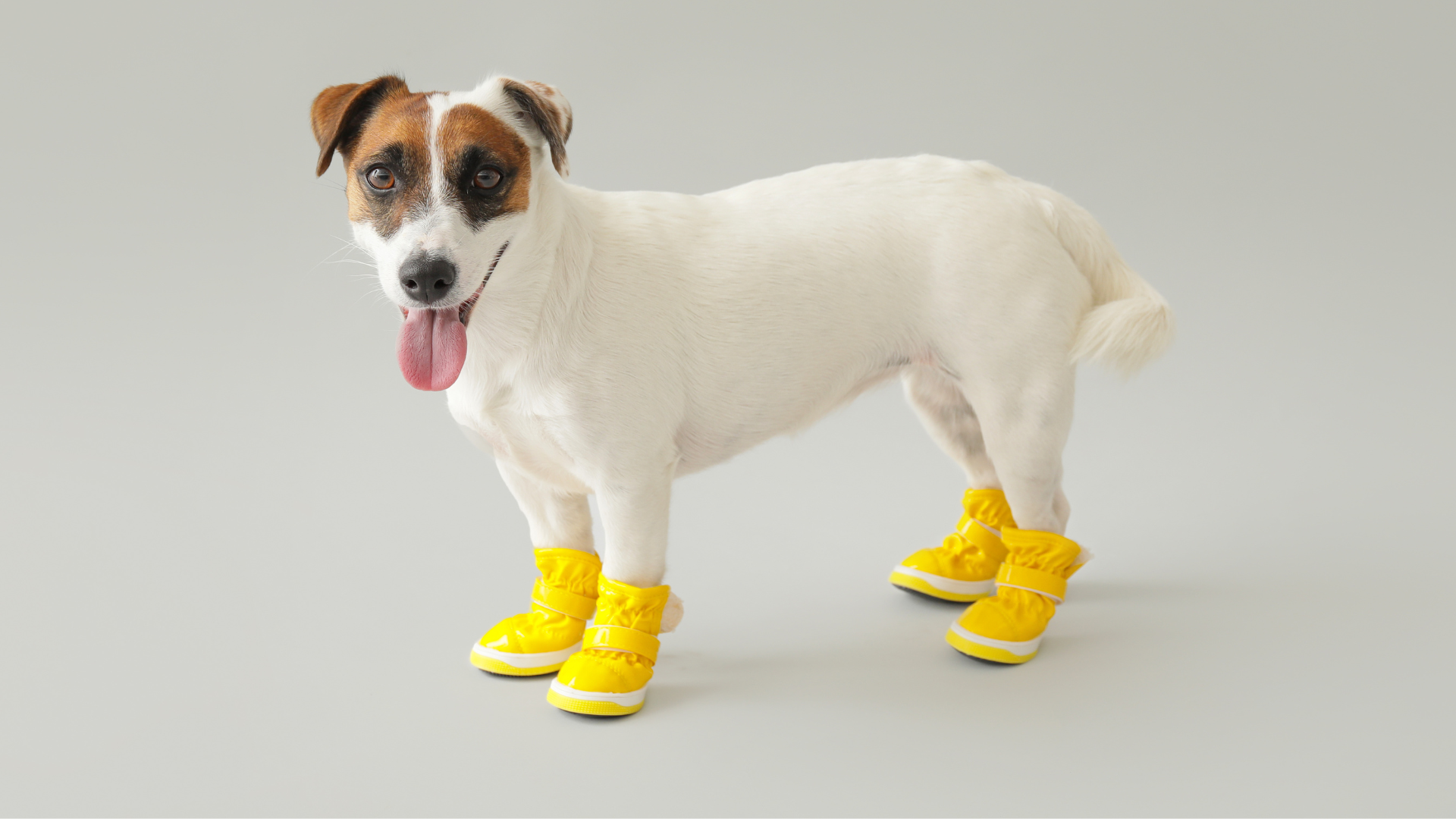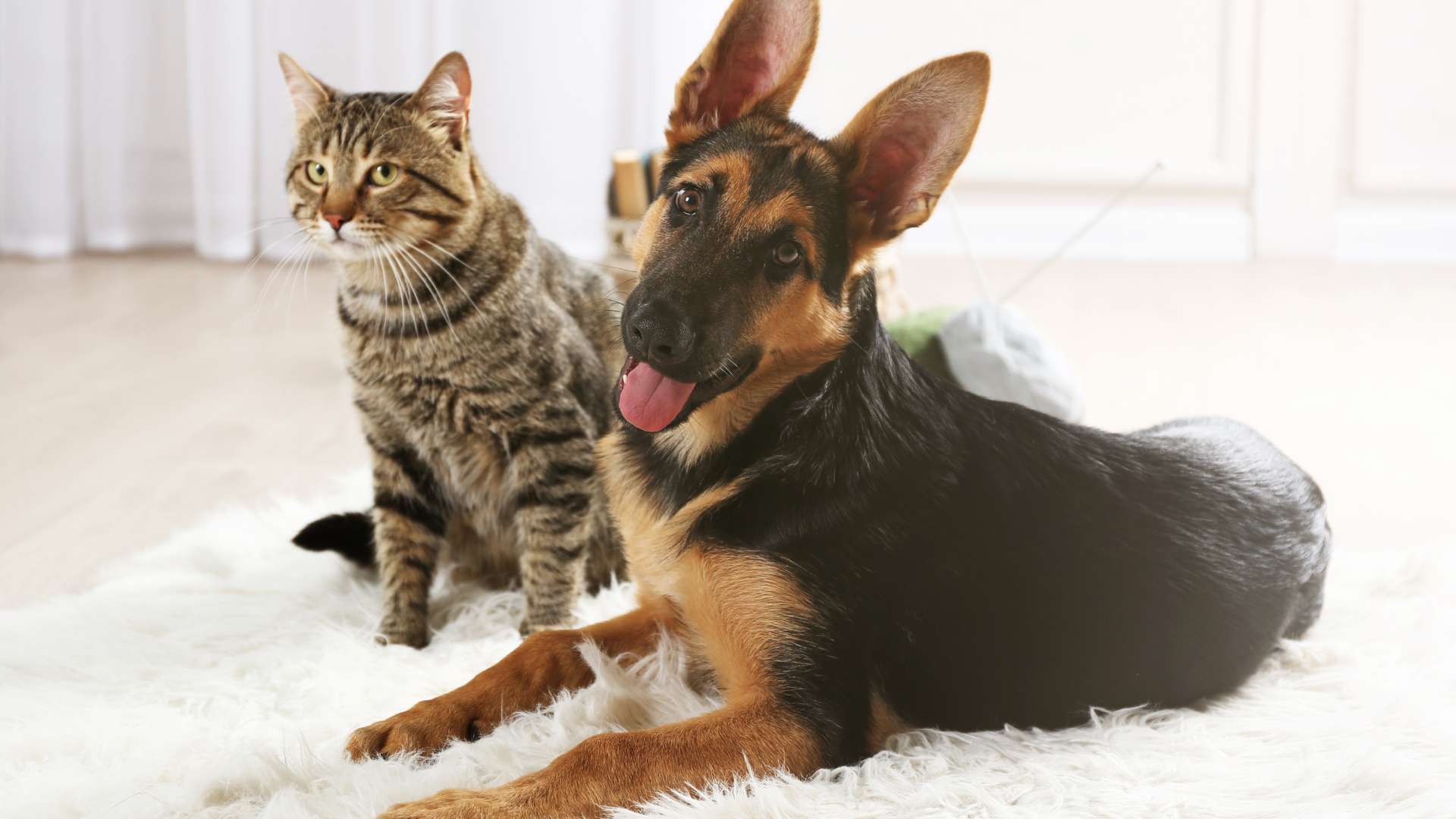If you’ve ever watched your dog gleefully throw themselves onto the lawn and wiggle around, you’re not alone in wondering: why does my dog roll in the grass? This common yet puzzling behavior is seen in dogs of all ages and breeds. While it might look silly—or even concerning—this action often has deep evolutionary and behavioral roots.
In this guide, we’ll explore the reasons behind grass rolling, what it could mean about your dog’s health and emotions, and how to know when it might be a sign of something more serious. For more helpful pet behavior insights, you can also visit the Good Natured Brand Blog.
The Natural Instinct Behind Dogs Rolling in the Grass
Rolling in the grass isn’t just random play—it’s a behavior rooted in canine ancestry. Wild canines like Wolves, Coyotes, and Foxes have long been observed rolling in strong scents they find in nature. This instinct likely evolved for a few key reasons:
-
Camouflage: Rolling in grass or animal scents may help mask their natural odor, making it harder for prey to detect them during a hunt.
-
Scent communication: Dogs have scent glands all over their bodies, especially on their faces and necks. By rolling, they may be leaving their own scent behind or picking up new ones to bring back to their pack.
-
Marking territory: Dogs use scent to communicate ownership. Rolling in an area may be their way of saying “this spot is mine.”
Even though our dogs aren’t hunting for survival, these instincts remain strong and often drive their quirky behaviors.
Common Reasons Why Dogs Roll in the Grass
While ancestral instincts explain the roots of grass rolling, there are also many everyday reasons why your dog might do it. Understanding these can help you determine if it’s normal or a sign of a problem.
To Mask Their Scent After Grooming
Many dogs roll in the grass immediately after baths or grooming. This is often an attempt to remove unfamiliar shampoo or perfume smells and replace them with familiar outdoor scents. While it may feel frustrating to see them undo your hard work, it’s simply their way of feeling more like themselves.
To Leave Their Own Scent
Rolling in the grass is also a way for dogs to rub their scent onto a surface. Dogs have scent glands on their cheeks, necks, and backs, and rolling helps them spread their unique smell. This territorial behavior can be more common in multi-dog households where they compete subtly for space.
To Scratch an Itch or Relieve Irritation
Sometimes, grass rolling is just about physical comfort. Grass can act like a natural back scratcher for dogs experiencing mild itchiness or irritation. If your dog scratches themselves often or rolls aggressively, though, check for signs of Flea infestation, dry skin, or allergies.
To Cool Off on a Hot Day
On warm days, dogs may roll in cool, dewy grass to lower their body temperature. Grass and soil can hold cool moisture that feels refreshing, especially to dogs with thick coats. This behavior is often seen after exercise or play sessions.
Simply for Fun
Sometimes the answer is simple: your dog might just be having fun. Rolling around can be playful and joyful, releasing pent-up energy or showing that they feel relaxed and safe in their environment.
Rolling in the Grass After a Bath
Many dog owners are familiar with this classic scenario: you give your dog a thorough bath, dry them off, and the moment they’re free—they sprint to the yard and roll in the grass.
This behavior is usually driven by scent. Grooming products often leave behind fragrances that smell strange or even overwhelming to dogs’ sensitive noses. Rolling in the grass is their way of masking that scent and restoring their own natural odor.
To help minimize this behavior, try using unscented or lightly scented dog shampoos and grooming products. This can make your dog less likely to feel the need to “re-scent” themselves after bath time.
Rolling in Smelly Substances on Grass
While grass rolling can be harmless, sometimes dogs roll in less pleasant things—like Animal carcasses, Manure, or Feces they find on the grass. This behavior is especially common during walks or in yards where wild animals may roam.
Experts believe this stems from their predatory ancestors, who rolled in strong smells to camouflage their scent while hunting. However, while the instinct is natural, it poses several health risks:
-
Bacteria and parasites: Rolling in contaminated material can expose dogs to Leptospirosis, Giardia, or Salmonella.
-
Skin irritation: Contact with decaying or contaminated matter can irritate the skin and trigger allergic reactions.
-
Indoor contamination: Dogs can track these odors and germs into your home after rolling, spreading them to carpets, bedding, and floors.
Because of these risks, it’s important to monitor your dog outdoors, discourage rolling in questionable spots, and clean them thoroughly if it happens. If any odor transfers indoors, deodorize affected areas with Carpet Deodorizers, wash contaminated fabrics with Laundry Powders, and disinfect hard surfaces using a safe All-Purpose Cleaner.
Is It Normal or a Sign of a Problem?
In most cases, grass rolling is normal, instinctive behavior. However, if your dog is rolling excessively or seems uncomfortable, it could be a sign of an underlying issue.
Possible medical causes include:
-
Flea infestation or Tick infestation causing itching
-
Seasonal or food-related Allergic dermatitis
-
Skin infections or hot spots
-
Dry skin from weather or overbathing
If you notice redness, hair loss, sores, constant scratching, or behavioral changes alongside the grass rolling, it’s best to consult your veterinarian. Ruling out skin issues early can prevent more serious discomfort later.
How to Manage Dogs Rolling in the Grass
Completely stopping your dog from rolling in the grass may not be realistic, but you can manage it effectively and minimize risks.
-
Teach the “leave it” command — Start with treats or toys and gradually apply it to real-life situations. This allows you to stop your dog before they dive into a questionable patch of grass.
-
Redirect their focus — Carry toys or treats on walks to distract your dog if they begin sniffing intently or preparing to roll.
-
Supervise outdoor time — Especially in areas where wildlife droppings or other hazards might be present.
-
Create a designated safe rolling area — Provide a small patch of grass, turf, or even a clean towel outdoors where your dog can roll safely. This satisfies their instinct while protecting them from harmful substances.
Consistent redirection and controlled opportunities to roll help balance your dog’s instincts with safety.
How to Prevent Rolling in Smelly Substances on Grass
Dogs are naturally drawn to strong, unusual smells, but you can take steps to reduce their access to them:
-
Maintain a clean yard — Regularly check your yard for Feces, Animal carcasses, or Manure from wildlife and remove them quickly.
-
Use a leash during walks — This gives you better control if your dog finds an enticing scent.
-
Avoid high-risk areas — Skip fields, ditches, or spots where other animals frequent, especially after rain.
-
Reward clean behavior — Use positive reinforcement when your dog walks past a smelly patch without rolling.
-
Bathe promptly if contact occurs — Quick washing reduces the risk of spreading bacteria or parasites like Leptospirosis or Salmonella.
These strategies help prevent your dog from bringing unpleasant smells—and potential health hazards—back into your home.
How to Clean Your Dog After Rolling in the Grass
Even with precautions, accidents happen. If your dog rolls in something dirty or smelly, clean them promptly and thoroughly:
-
Brush off loose debris — Start with a slicker brush or comb to remove grass, leaves, or dried mud.
-
Rinse with water first — Use lukewarm water to gently rinse away surface dirt and reduce odor before shampooing.
-
Shampoo with pet-safe products — Choose mild, unscented dog shampoo to avoid skin irritation and reduce the chance of triggering more rolling later.
-
Dry thoroughly — Towel-dry or use a low-heat pet dryer, especially if your dog has a thick coat.
If any odor or debris has transferred to your home during the rolling episode, it’s important to clean and deodorize your indoor spaces too:
-
Deodorize carpets or rugs with a pet-safe Carpet Deodorizer to neutralize odors and prevent your dog from rolling indoors.
-
Wash blankets, dog beds, or towels used during cleanup with Laundry Powders to remove odors and organic residues completely.
-
Wipe down floors or hard surfaces with a safe All-Purpose Cleaner to remove bacteria and scent traces.
Cleaning thoroughly helps eliminate the smells that often encourage repeat rolling behavior.
Protecting Your Dog’s Skin and Coat
Regular grooming and skin care can also reduce rolling behavior caused by itchiness or irritation:
-
Brush your dog regularly to remove loose hair, dirt, and allergens that can cause itching.
-
Use flea and tick preventives to stop discomfort-driven rolling. Flea infestation or Tick infestation are common causes of compulsive rolling.
-
Moisturize their skin if dry with vet-approved conditioners or omega-3 supplements.
-
Ask your vet about allergy testing if your dog shows recurring signs of Allergic dermatitis such as redness, scratching, or hot spots.
A healthy coat and itch-free skin can greatly reduce your dog’s urge to roll excessively.
Providing Healthy Alternatives to Grass Rolling
Sometimes dogs roll out of boredom or excess energy. Offering alternative outlets can redirect this behavior:
-
Scent-based enrichment games — Hide treats around the yard or house to engage their nose in a healthier way.
-
Interactive toys and puzzles — These keep your dog mentally stimulated and less likely to seek entertainment by rolling.
-
Supervised play zones — Provide a clean sand pit, turf area, or designated mat where your dog is allowed to roll safely.
-
More daily exercise — Walks, fetch, or agility play can release pent-up energy that might otherwise fuel rolling behavior.
When dogs are mentally and physically satisfied, they’re less likely to look for stimulation by rolling in questionable spots.
When to Seek Professional Help
While grass rolling is usually harmless, there are times when professional help may be needed:
-
Your dog rolls excessively or compulsively, even indoors.
-
Rolling is accompanied by scratching, redness, hair loss, or other signs of skin issues.
-
Your dog seems anxious, restless, or stressed when prevented from rolling.
-
Medical causes like allergies, Flea infestation, or Skin infection are suspected.
In these cases, consult your veterinarian first to rule out medical concerns. If the behavior is purely compulsive or anxiety-driven, a certified canine behaviorist can create a tailored training plan to break the cycle.
Final Thoughts on Why Dogs Roll in the Grass
Grass rolling is one of those endearing yet mysterious dog behaviors that blends ancient instinct with simple enjoyment. While most of the time it’s completely normal, it can occasionally create messes or signal an underlying problem.
By supervising your dog, discouraging rolling in unsafe areas, maintaining good grooming habits, and cleaning thoroughly with Carpet Deodorizers, Laundry Powders, and All-Purpose Cleaners, you can keep your pet happy and your home fresh.
Above all, remember that rolling is often just part of being a dog. With patience, care, and a bit of strategy, you can let your furry friend enjoy their instincts—while keeping your home and their coat clean.
For more pet care and home-cleaning guides, visit the Good Natured Brand main page.
